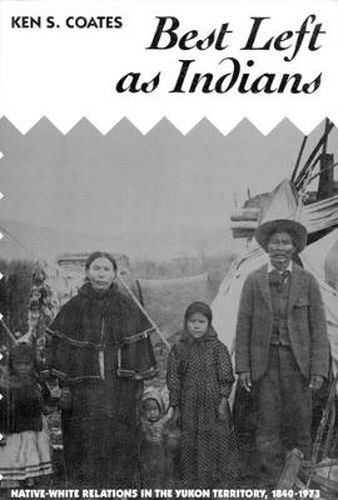Readings Newsletter
Become a Readings Member to make your shopping experience even easier.
Sign in or sign up for free!
You’re not far away from qualifying for FREE standard shipping within Australia
You’ve qualified for FREE standard shipping within Australia
The cart is loading…






Barely a 150 years have passed since the first white people arrived at the upper Yukon River basin. During this time many non-natives have come and gone and some have stayed. This work examines the interaction between native people and whites, from the arrival of the fur traders through the fundamental changes following the Second World War, in terms of social contact, economic relations, and church and government policies. The indigenous population, Coates stresses, has not been passive in the face of expansion by whites. He argues that native people have played a major role in shaping the history of the region and determining the relationship with the immigrant population. They recognized the conflict between the material and technological advantages of an imposed economic order and the desire to maintain a harvesting existence. While they readily accepted technological innovations, they resisted the imposition of an industrial, urban environment. Contemporary land claims show their long-standing attachment to the land and demonstrate a continued, assertive response to non-Native intervention.
$9.00 standard shipping within Australia
FREE standard shipping within Australia for orders over $100.00
Express & International shipping calculated at checkout
Barely a 150 years have passed since the first white people arrived at the upper Yukon River basin. During this time many non-natives have come and gone and some have stayed. This work examines the interaction between native people and whites, from the arrival of the fur traders through the fundamental changes following the Second World War, in terms of social contact, economic relations, and church and government policies. The indigenous population, Coates stresses, has not been passive in the face of expansion by whites. He argues that native people have played a major role in shaping the history of the region and determining the relationship with the immigrant population. They recognized the conflict between the material and technological advantages of an imposed economic order and the desire to maintain a harvesting existence. While they readily accepted technological innovations, they resisted the imposition of an industrial, urban environment. Contemporary land claims show their long-standing attachment to the land and demonstrate a continued, assertive response to non-Native intervention.